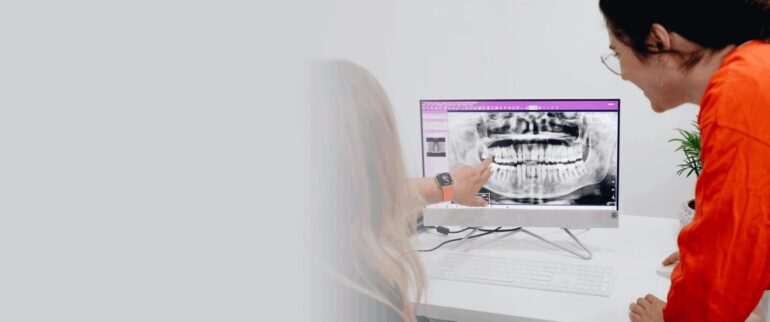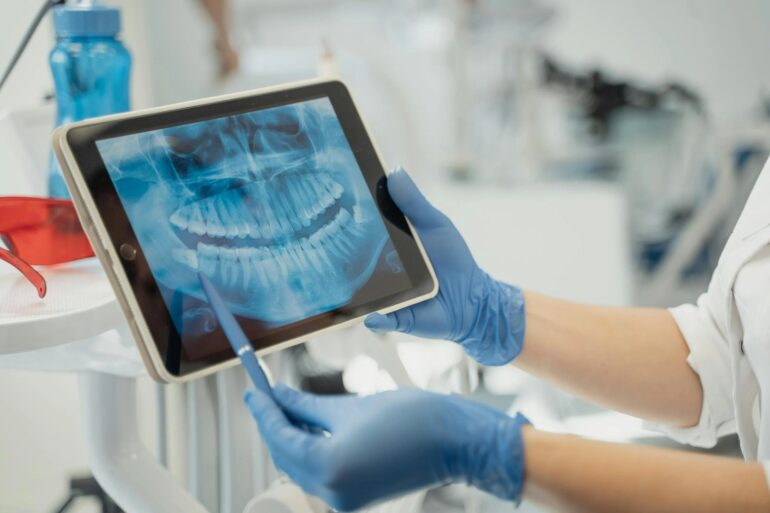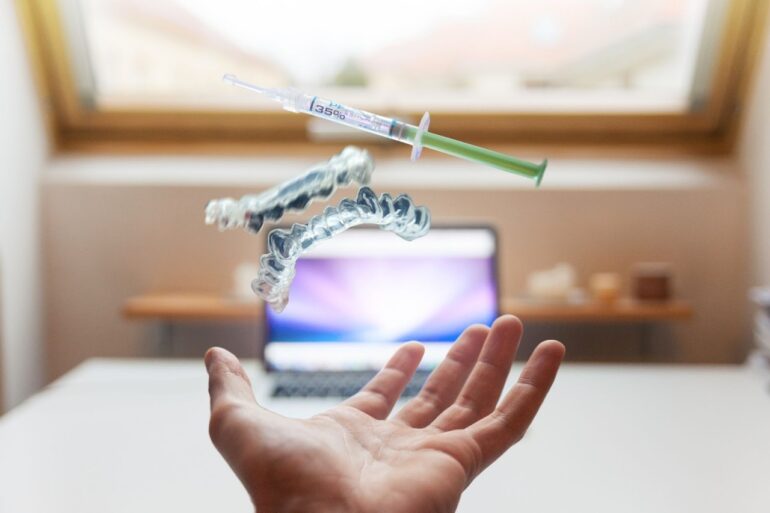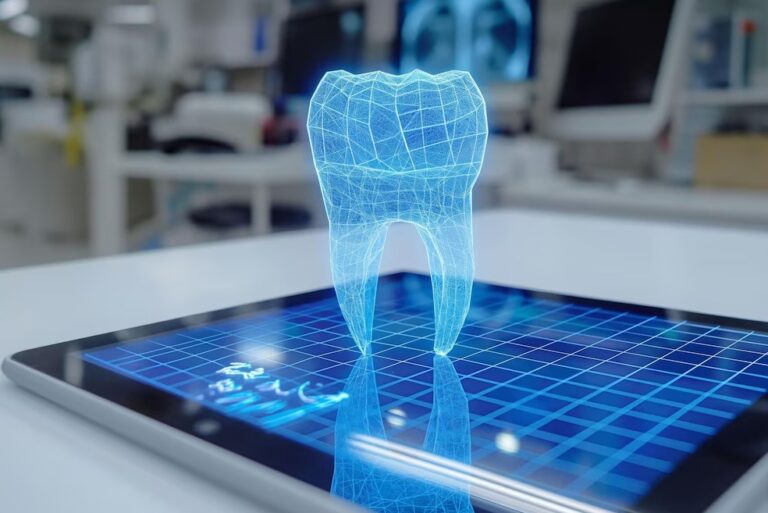Imagine you begin your day in a busy dental clinic. The morning sun filters through the window just as you’re looking at a new patient’s radiographs. You notice a subtle shadow on a distal surface that could be an early-stage carious lesion or maybe it isn’t.
You’ve got four more patients to see, notes to update, and a schedule that’s already shifted. In those moments of decision-making, even a small misstep in diagnosis can ripple into extra appointments, patient anxiety, or treatment delay.
That’s where advanced dental software comes in. It supports your expertise, catching what might slip through when the pace is fast and the margin tight.
Understanding the scope of diagnostic errors

In the clinical flow of dentistry, diagnostic errors are more common than we like to admit. A recent analysis found that dental diagnostic errors and missed or delayed diagnoses are a significant component of malpractice claims.
When we think of “software reducing diagnostic errors,” we’re really talking about tools that help sharpen our lens—standardising review, highlighting anomalies, prompting next steps. And yes, this includes solutions like Trust AI, platforms that serve as a reliable second set of eyes during radiographic reviews or chart assessments.
By integrating intelligent software, dentists can reduce variability between practitioners, speed up recognition of subtle findings, and free up more time for patient-communication instead of image parsing.
How software changes the diagnostic workflow
We often think of software in dentistry as “fancy features,” but the real benefit lies in how it shifts behaviour in the operator’s chair. Consider these workflow changes:
- Early flagging: The software pre-analyses images or chart data so you arrive at the “did I miss something?” question earlier.
- Standardised review prompts: Instead of relying solely on memory or habit, you get systematic reminders of areas to check.
- Confidence for the patient conversation: When you’re confident in your diagnosis, you can explain treatment more clearly—which improves acceptance and trust.
Did you know? One study of an AI-driven diagnostic platform in panoramic radiographs found that, when used alongside clinicians, consistency in identifying pathology improved.
Think of it this way: software becomes a quiet assistant that never forgets a note or misses a subtle cue.
What types of software solve what problems
| Diagnostic challenge | Software-enabled feature | Real‐world impact |
| Subtle caries on proximal/occlusal surfaces | Automated image evaluation with visual overlays | Faster detection of early lesions, less progression |
| Inconsistent periodontal charting | Digital charting + algorithmic pocket-depth flagging | More reliable baseline, improved monitoring |
| Overlooked anatomical variants | 3D segmentation and anomaly detection (CBCT/AI) | Better diagnosis of complex cases |
In practice, that means fewer “I didn’t see that” moments. I’ve seen dentists light up when they realise their software can auto-populate post-treatment notes, or flag where a radiograph requires closer scrutiny.
It’s small, but it feels like a gift on a packed day.
Minimising risk through algorithmic decision support
There’s always a risk in diagnostic work—missed findings, delayed interventions, or unnecessary treatment. Here’s where advanced software adds value.
Studies show that AI-based systems in dentistry are at least matching, and in some cases exceeding, human performance for specific tasks.
For example, one project reported that an AI model identified pathoses previously missed by board-certified dental experts.
When you integrate software with your diagnostic chain, you’re not ceding control, you’re adding a safety net.
The clinician still makes the final call, but the software nudges, alerts, and standardises.
Subnote: Even the best software isn’t a substitute for clinical context. No algorithm fully replaces the tactile exam, patient history, or intra-oral nuances. Use it as a complement, not a replacement.
From theory to practice: adoption tips for the dental team

Here’s how to make this shift in your clinic without undue disruption:
- Start with one module. Pick an area with frequent diagnostic uncertainty—say, bitewings for posterior caries—and roll out the software there first.
- Train the team thoughtfully. When the hygienist or assistant sees the same cues the doctor sees, the diagnostic chain becomes more resilient.
- Review the “before vs after”. Track metrics like recalls due to missed findings, additional visits, or patient-questions. You’ll justifiably celebrate small wins.
- Communicate with patients. When you say “We use diagnostic software to double-check subtle findings,” you build transparency and trust.
Imagine this scenario: You have a patient who’s nervous about a recently-taken radiograph. The software highlights a tiny interproximal dark shadow.
Before, you might have deferred comment until a follow-up; now you address it now, explain the early lesion, and propose remineralisation instead of waiting for full cavitation.
The patient leaves relieved, and you avoid that later “I wish we’d caught it sooner” moment. In that way, software doesn’t just improve diagnosis, it changes the conversation, reduces anxiety, and strengthens the clinician-patient bond.
Measuring outcomes: what to track
In order to show real value, it’s useful to monitor:
- Reduction in diagnostic recalls (e.g., repeat visits due to missed findings)
- Decrease in post-treatment complications or revisions
- Improved patient satisfaction scores tied to explanation clarity
- Time-saved per case on image review or chart documentation
When teams see concrete shifts—even a 10-15 % reduction in recalls—the excitement builds and adoption becomes part of the culture.
Conclusion

In the day-to-day realities of a dental practice, tight schedules, complex cases, anxious patients, a small misdiagnosis can spiral into stress, extra work, and reduced confidence.
Advanced dental software is not a flashy add-on. It is a practical tool that supports your clinical judgement, standardises workflows, and frees you to focus on the person in the chair.
When smart software becomes your quiet assistant, diagnostic errors don’t disappear, but they become far less likely. And that means more clarity for you, more trust for your patient, and a smoother treatment journey for everyone.

